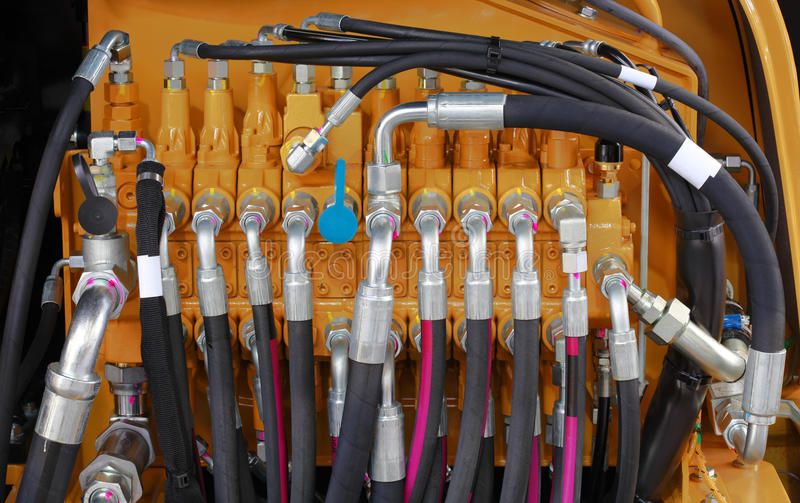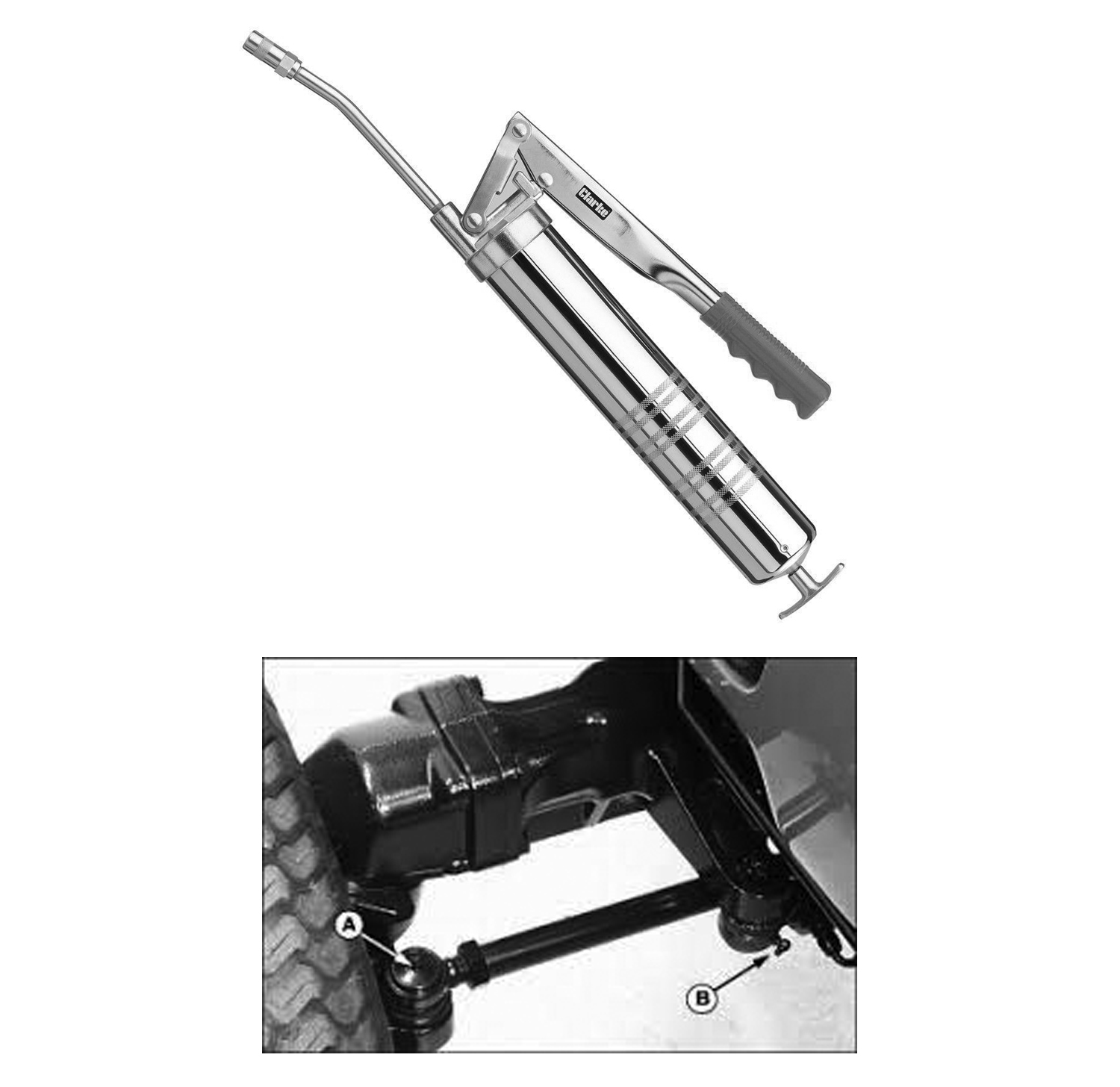Session 10:
Post-operative procedures for land-based machinery
Introduction
At the end of this session and several practicals and practice in a real work environment, you will be able to :
- demonstrate simple inspection and maintenance and pre-storage tasks.
This is very important to minimise degeneration of the machine, and to ensure it is in a useable condition for subsequent operations.
The Law
PUWER 1998
According to the HSE:
‘The Provision and Use of Work Equipment Regulations 1998 (PUWER) require that you must maintain any work equipment you provide in a safe condition for use so that people’s health and safety is not at risk and, in certain circumstances, have it inspected to ensure this remains the case.’
What are the post-operative procedures?
There are many post-operative procedures that need to happen to machinery after use. It depends entirely on the type of machine. Here are the basic 4:
- cleaning
- inspecting for and reporting of damage or defects
- lubrication
- storage
Cleaning
Farming machinery and equipment are bound to get dirty every time they are used.
Cleaning is essential for preventing complications such as:
- dirty windscreens
- indicator lights and brake lights covered or not clear
- brakes not so effective
- Getting rid of the dirt and mud also clears the way for easy inspections in order to make it easier to spot defects such as oil leaks, cracks, broken parts or missing parts.
- Accumulated trash and dirt can create fire hazards, electrical malfunctions, corrosion and rust of equipment, which may result in breakdowns in the following season.
Finally, cleaning also goes a long way in ensuring your farm machinery’s durability and longevity.
Inspecting for and reporting of damage or defects
According to the HSE and VOSA;
‘The Health and Safety Executive (HSE) and VOSA (a testing and law enforcement service) believe that the long hours that farmers work, lack of time and increased pressure during busy periods, defective vehicles and a failure to maintain equipment to legal standards often contribute to road accidents.’
After cleaning the vehicle, it is important to look for any damage that has occurred.
Loose nuts, defects or loose parts could become detached with vibration, causing damage to the mechanics of the machine, or they could hurt the operator.
Hoses and Belts
If a tractor or machine is equipped with a hydraulic system, it has high-pressure hoses and/or tubing. Failure of this fluid moving at high pressure can cause component failure, loss of steering or other problems.
If a hose (or belt) appears damaged, worn or cracked, it should be replaced straight away.
If the fittings or connections are leaking, then they should be tightened, and the seals replaced.

Lubrication
A lubricant is a substance that reduces friction, heat, and wear when introduced as a film between solid surfaces.
Using the correct lubricant helps maximize the life of bearings and machinery. This saves money, time, and manpower, thus making operations more efficient and more reliable.
The Operator Manual indicates all the key lubrication points on a machine.
Greasing
Use a grease cartridge gun, clean the fitting, attach the hose, and pump the grease until sufficient grease is applied.
Look for grease fittings on steering components; brake and clutch linkages; and three-point hitch pivot points.
If there is a moving part, it usually needs lubrication.

Storage
Off-Season Storage Checklist
Thoroughly clean all equipment with a high-pressure washer.
Lubricate all points.
Coat all parts that rust easily, such as ploughshares or chrome hydraulic cylinder rods, with a high-quality protectant. Inspect all equipment for broken, bent or worn parts. Repair or replace, as necessary.
Apply touch-up paint to scratched or rusted areas.
Apply a generous coating of wax to help equipment fight the effects of the elements.
Checklist when storing a Self-propelled Machine
Self-Propelled Equipment
Check or drain, flush and refill the radiator with correct coolant.
Drain engine oil and analyse it to determine the presence of contaminants.
Check hydraulic system fluid.
Replace if needed.
Check the transmission fluid level. If needed, drain and refill. Install new filters.
Check fuel tanks for condensation. Fill tanks with high-grade fuel.
Disconnect battery ground cables if the machine is idle for several months.
Check tyre pressure frequently during the winter.
Storage sheds
Store equipment in a shed or under a tarp or heavy plastic if possible.

Conclusion
At the end of this session you should be able to:
- describe and explain the range of post-operative procedures that need to be done to land-based machinery
- give reasons why the procedures are important
- evaluate the importance of each procedure.
